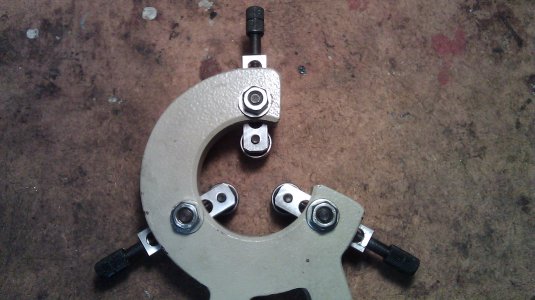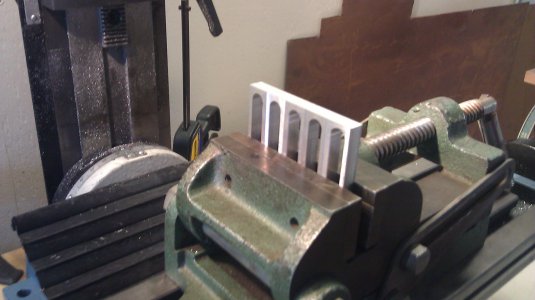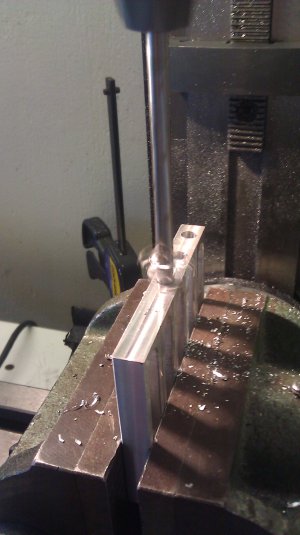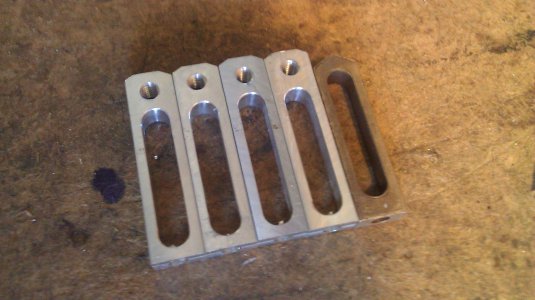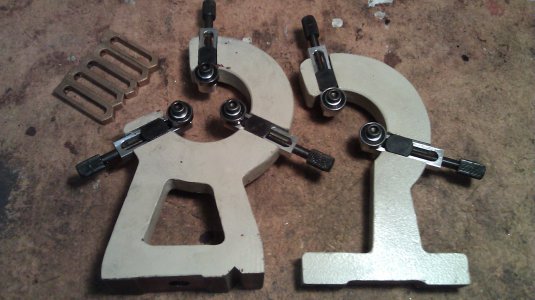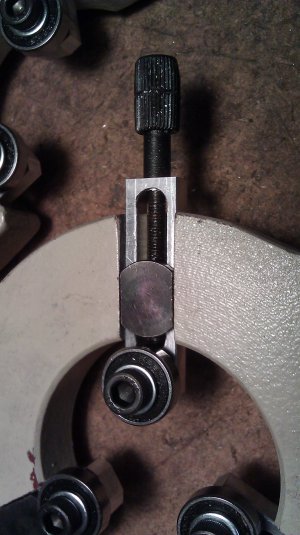The "Chip Problem" with roller type steady rests is that any stringy material, in particular, may fold itself back onto the work and become trapped and stall a roller, or simply roll under (more common) and leave an impression on the OD where the rollers are set up. All larger industrial machines use rollers and this is a common problem. Of course, chip control is always an issue, so several methods are used to mitigate the interference problem. Cheap and effective is a plastic lid like we used to find on coffee cans or the like, cut to fit snugly on the OD of the part, and just in front of the rollers. The guard will spin with the work, and keep most of the stray chips away from the steady. Of course, having the steady bear on the OD a bit back from the face helps, but cannot eliminate the problem, and defeats the purpose of the rest in some cases.
